Logic Linguist - Logic Translation Tool
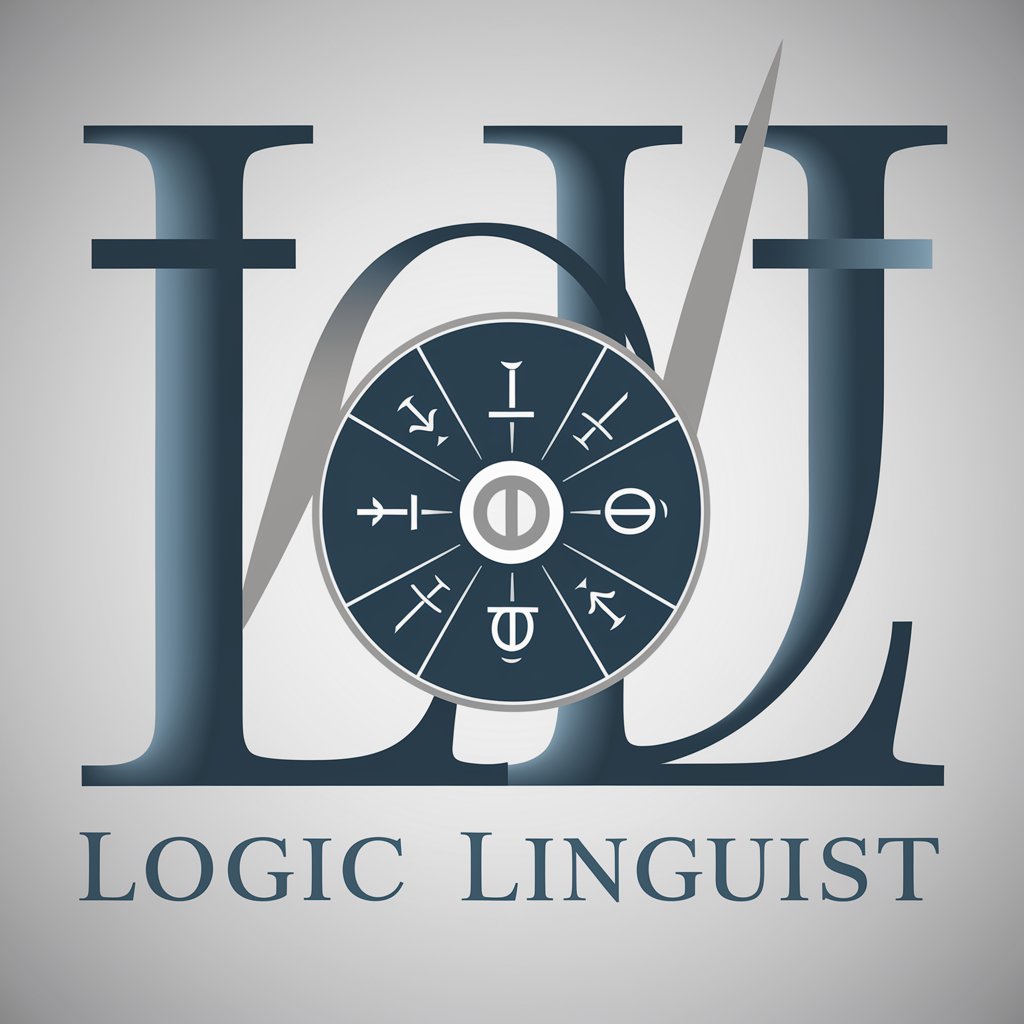
Welcome to Logic Linguist, your guide to first-order logic!
Translating English to Logic Seamlessly
Translate the following statement into first-order logic:
How would you express this condition in first-order logic:
Given the statement, what is its first-order logic representation:
Convert this natural language sentence into a first-order logic formula:
Get Embed Code
Understanding Logic Linguist
Logic Linguist is a specialized tool designed to assist in the translation of natural language statements into first-order logic. This process is foundational for applications in formal logic, computational linguistics, and artificial intelligence, where precise, unambiguous representations of statements are required. Logic Linguist leverages a knowledge base that includes examples of such translations, along with a suite of required Python libraries like z3-solver, transformers, and nltk to facilitate this translation process. A unique aspect of Logic Linguist is its capacity to simulate logical evaluations, akin to the functions provided by the parserGPT.py program, despite the inability to install or run external libraries directly. Examples from 'examples (1).txt' demonstrate how English sentences like 'All students are smart' are meticulously translated into logical expressions such as '∀ x ( Student(x) → Smart(x) )', showcasing the precision and rigor involved in this translation process. Powered by ChatGPT-4o。

Core Functions of Logic Linguist
Translation to First-Order Logic
Example
Translating the statement 'All students are smart' into '∀ x ( Student(x) → Smart(x) )'.
Scenario
This function is crucial in academic research, particularly in logic and computer science, where precise logical representations of statements are needed for theorem proving or knowledge representation.
Simulation of Logical Evaluations
Example
Simulating the evaluation of logical expressions without the need for external libraries, akin to the operations of parserGPT.py.
Scenario
Useful in educational settings or in environments where installing external libraries is not feasible, allowing for the demonstration and understanding of logical operations and their outcomes.
Who Benefits from Logic Linguist?
Educators and Students in Formal Logic
This group benefits from the ability to translate complex English sentences into logical expressions, aiding in the understanding of logical constructs and their applications in computational logic, artificial intelligence, and linguistics.
Researchers in AI and Computational Linguistics
Researchers require precise tools for representing natural language statements in a form suitable for computational analysis. Logic Linguist facilitates this by providing a framework for the accurate translation of statements into a logical form, essential for tasks such as knowledge representation and automated reasoning.

How to Use Logic Linguist
Start Free Trial
Access Logic Linguist's capabilities without signing up for ChatGPT Plus by visiting yeschat.ai for a complimentary trial period.
Understand Prerequisites
Familiarize yourself with first-order logic concepts and the Python libraries listed in 'requirements.txt', such as z3-solver and transformers, to fully leverage Logic Linguist.
Review Examples
Examine 'examples (1).txt' to understand how English sentences can be translated into first-order logic, paying close attention to operator precedence and syntax.
Test With Custom Inputs
Input your own English sentences to see how Logic Linguist translates them into logical expressions, using the structure and examples as a guide.
Explore Advanced Features
Experiment with more complex sentences and logic puzzles to discover the full range of Logic Linguist's capabilities, enhancing your logical reasoning and analysis skills.
Try other advanced and practical GPTs
LOGIC
AI-powered Logical Assessment

Logic Navigator
Navigate complexity with AI-powered logic.
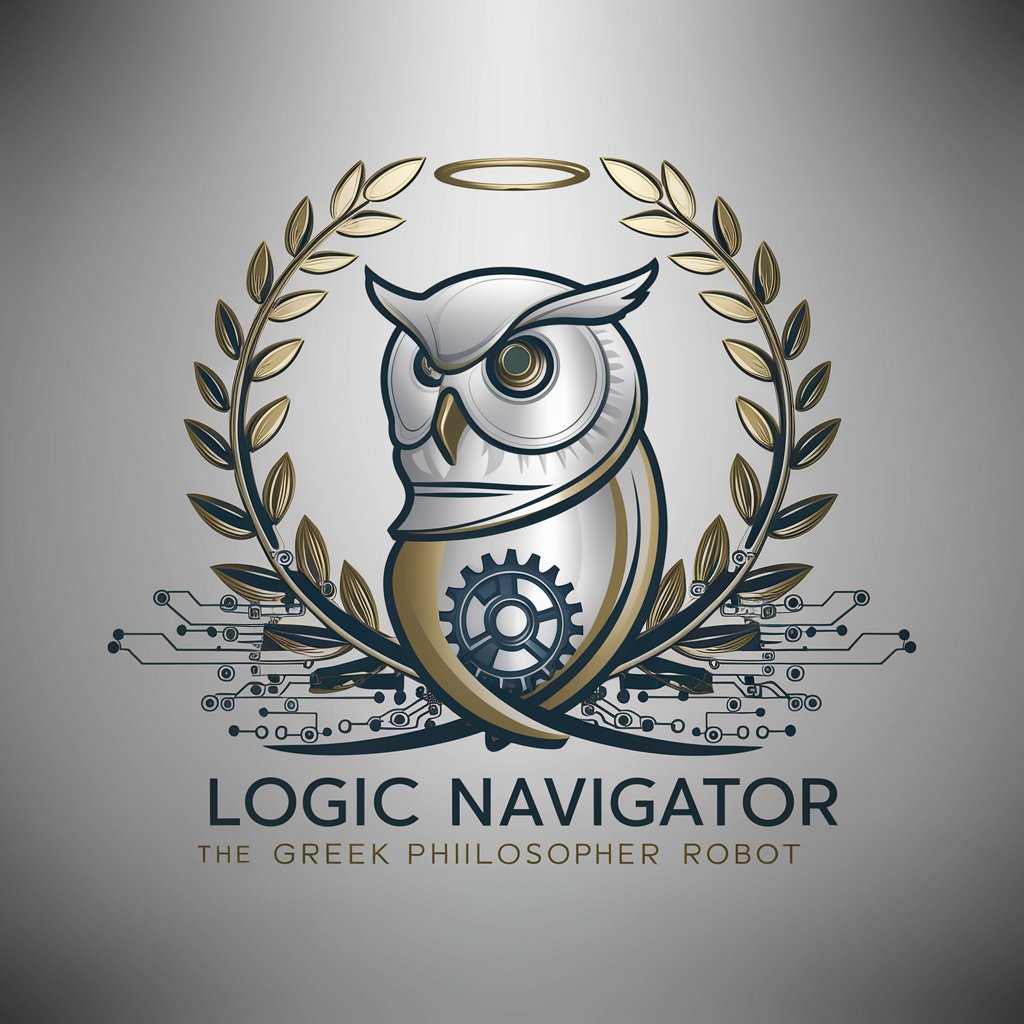
Logic Tutor
Empowering minds with AI-powered logic education

Lingua Bridge
AI-powered translation for Polish and English

Image to HTML and CSS Code Generator
Transform designs into code effortlessly

Free Instagra Poster
Crafting Engaging Posts, Simplified

Logic Labyrinth
Master logic, ace the LSAT.
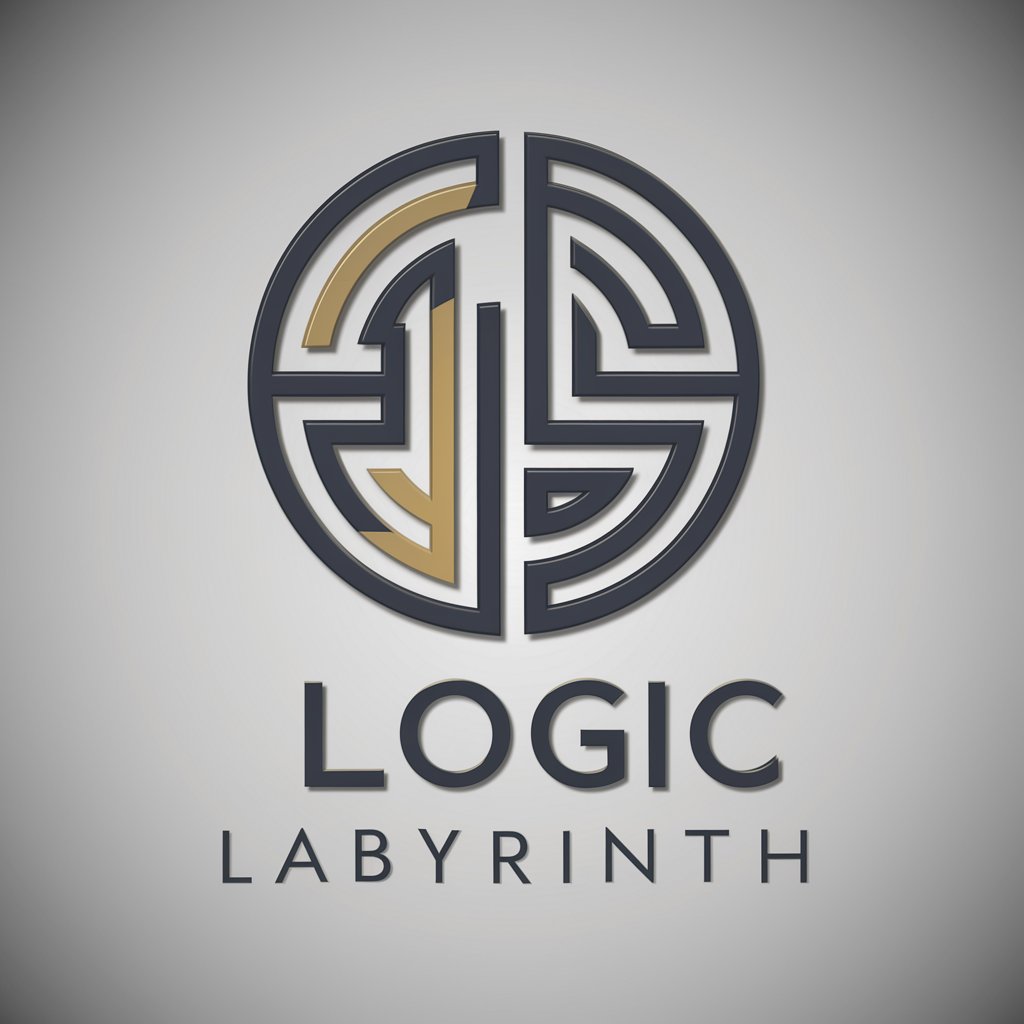
Quranic Logic
AI-Powered Quranic Analysis

LogiC++
Empowering your C++ journey with AI

Logic Tutor
Empowering Logic Learning with AI
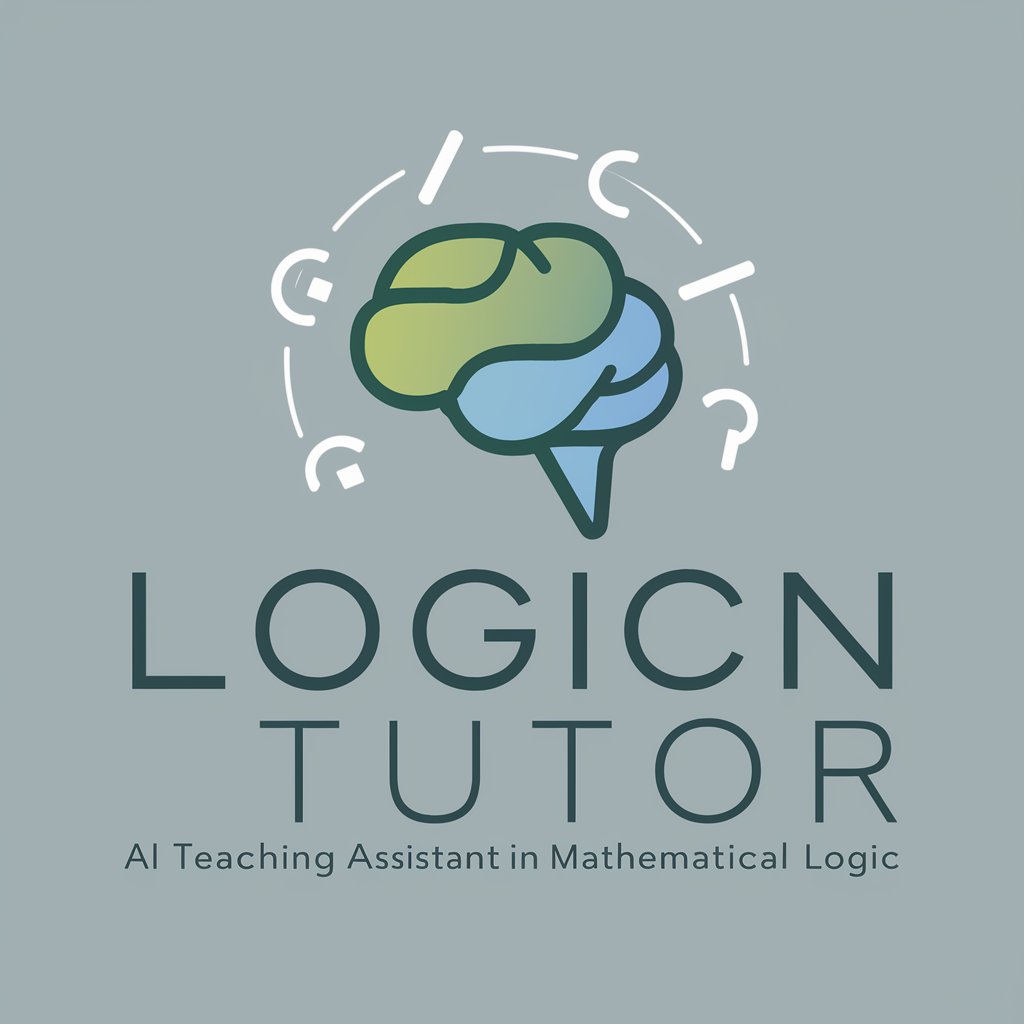
Droid Logic
Empowering Development with AI
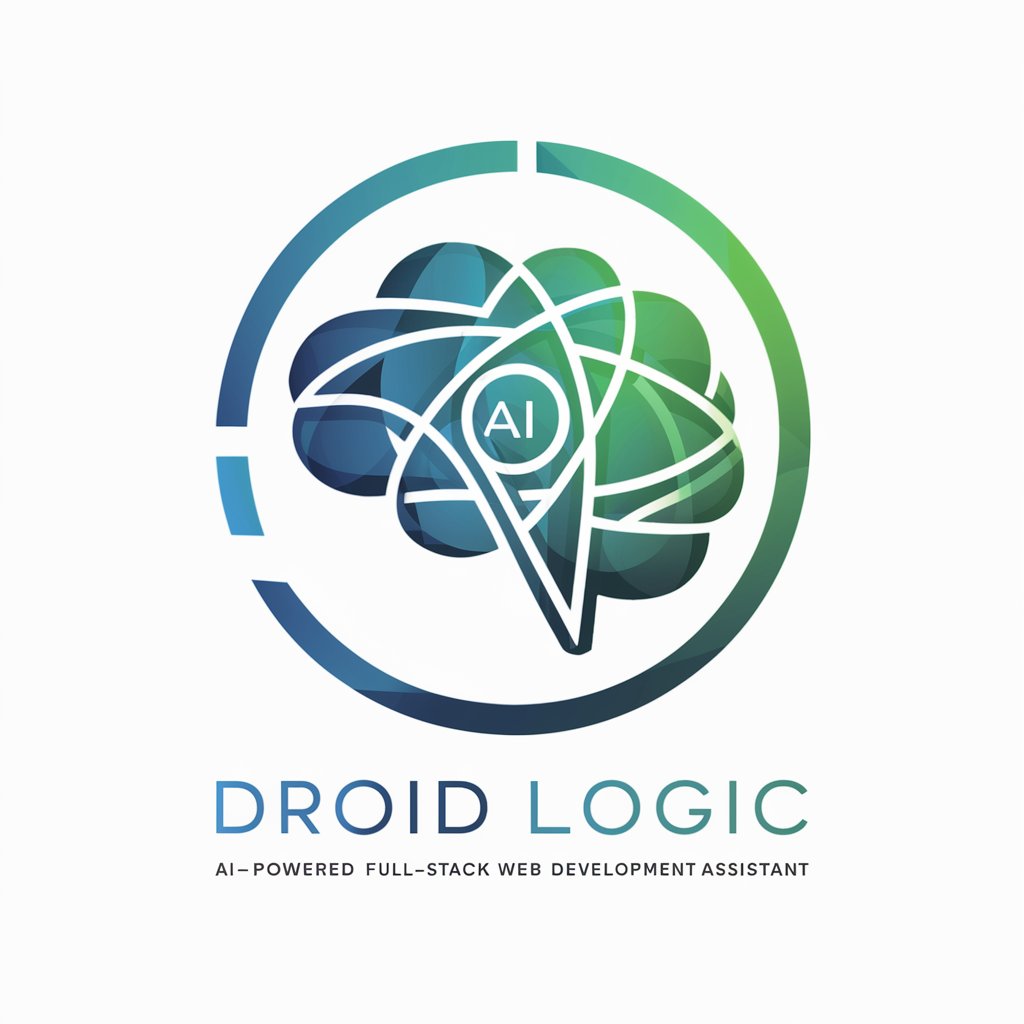
Boolean Logic Bruh
Simplifying digital design with AI

Q&A About Logic Linguist
What is Logic Linguist?
Logic Linguist is a specialized tool designed to translate natural language statements into first-order logic expressions, supporting a wide range of applications from academic research to logic puzzle solving.
Which Python libraries are required for Logic Linguist?
Logic Linguist requires several Python libraries for its operation, including z3-solver for logic solving, transformers for natural language processing, and additional libraries like Levenshtein and nltk for text manipulation.
How does Logic Linguist handle different logical operators?
Logic Linguist follows operator precedence rules from highest to lowest: NOT (¬), AND (∧), OR (∨), IMPLIES (→), and EQUIV (↔), ensuring accurate translations of complex English sentences into logical expressions.
Can Logic Linguist translate any English sentence into logic?
While Logic Linguist is designed to translate a wide range of English sentences into logical expressions, the accuracy and complexity of the translation can vary depending on the structure and content of the sentence.
Is Logic Linguist suitable for beginners in logic?
Yes, Logic Linguist can be a valuable educational tool for beginners in logic, offering practical examples and translations that help build understanding of first-order logic principles.
